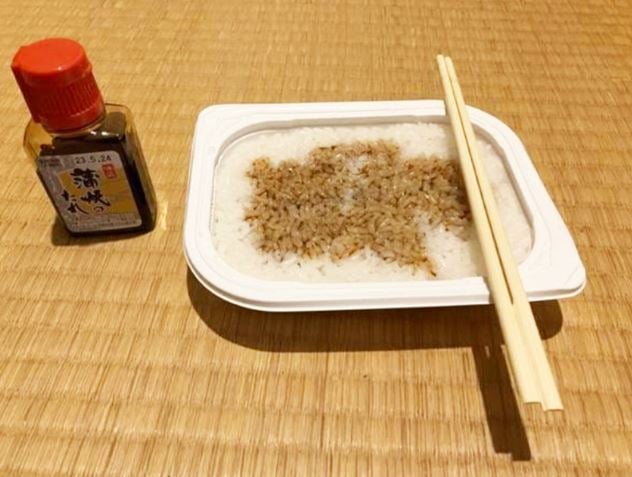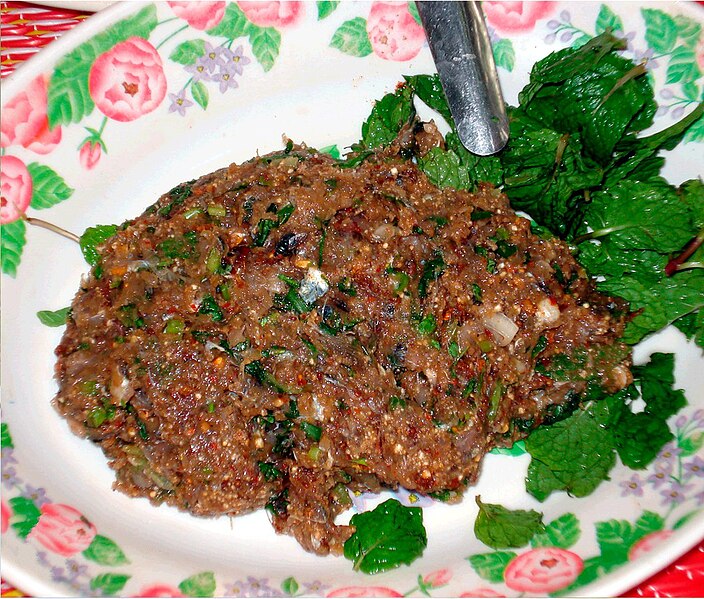Hari Kuyo is a Japanese festival dedicated to old and broken needles. Celebrated every year on the 8th of February, this festival sees hundreds of women dressed in colorful kimonos, gathering at various Shinto shrines or Buddhist temples in and around Tokyo. This 400-year-old ritual involves sticking old and broken needles into soft chunks of tofu or jelly as a way of showing thanks for their hard work. I suppose this tradition springs from the Eastern system of displaying gratitude towards objects that are a source of livelihood. It also reflects on the animist belief that all beings and objects have a soul.
It’s not just about needles, several Japanese women consider Hari Kuyo as a time to value the small, everyday objects of daily life that are otherwise forgotten. Mottainai is the concept of not being wasteful about small things. Burying needles in tofu is said to symbolize rest for the needles, as they are wrapped with tenderness. It’s also about the many sorrows that women are believed to carry in their hearts, the burdens of which are passed on to the needles during many hours of sewing. So the needles do deserve a proper farewell and rest at the end of their service. According to Ryojo Shioiri, a Buddhist monk, “Sometimes there are painful things and secrets that women can’t tell men, and they put these secrets into the pins and ask the gods to get rid of them.”
Photo: N.S. Anderson
Many Japanese women come to the festival not only to thank their needles, but also to pray for better kimono-making skills. They gather around large slabs of tofu placed in front of temples, and spike multi-colored pins in them. Incense is lit for purification and monks chant in the background. Hari Kuyo marks the end of the Japanese New Year celebrations; no household work is done on that day.
Photo: Wafu Works
As with other ancient traditions, interest in Hari Kuyo has been dwindling in current times. Not many women take up needlework anymore. Toshie Tanioka, a 58-year-old kimono-maker told Reuters, “I’ve been coming here for 20 years, it used to be much bigger. Now there are fewer people. The old ones retire and the young ones are not interested in the festival because they’re not interested in kimono-making. It’s too painstaking and they prefer western clothes.” But there still are a few young women who are interested in continuing the tradition, like Toshie’s 30-year-old apprentice, Hiroko Saito. Hopefully, this unique and fascinating Japanese tradition doesn’t die out completely in the future.








